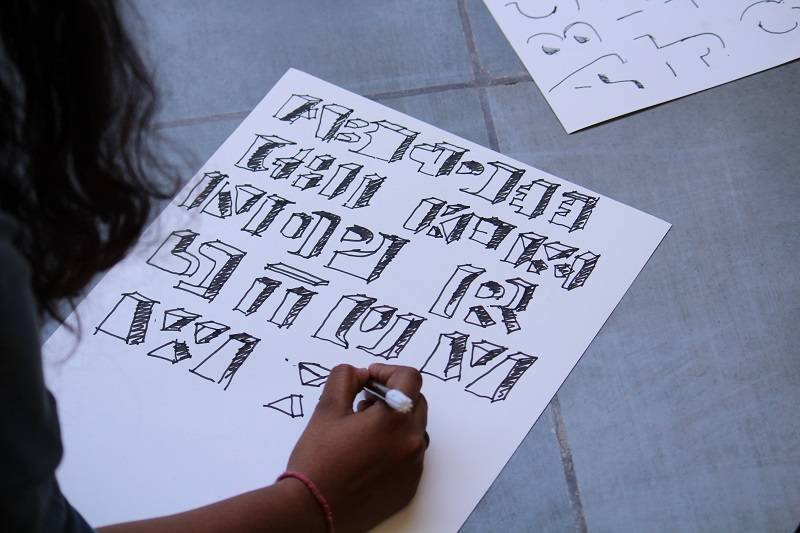


It is estimated that India will require about 62,000 designers by 2020 to solve the various socio-economic and ergonomic problems it faces today. However, as of 2016, there were only 7,000 qualified designers and 5,000 design students in the country. Thus, there is an immense shortage of designers in the country.
By the rule of economics, if the demand for a certain service is high but its supply is low, the market will sell the service at a higher price. In layman terms, the significant shortage of trained designers in our country means that it is highly likely in the coming years that design graduates will earn far more than an average Indian B.Com. or B.A. or even B.Tech. graduate. Time will eventually prove designing to be the next big thing.
What makes this estimate even more plausible is the factual knowledge of designers being innovative, creative individuals who are driven by a desire to create new products and experiences and solve existing problems. Anant National University believes that designers have the ability to work across sectors, and develop sustainable solutions for some of the most critical problems of today. When trained in foundational competencies such as empathy, communication, collaboration, critical thinking and personal leadership, designers can use their power of design thinking to shape the future of our world.
For instance, IDEO, a design and consulting firm in California, and the original proponent of Design Thinking, builds products, services, systems and digital experiences based on the values of design thinking. Be it the first manufacturable mouse for Apple or the first notebook-style computer for GRiD Systems that eventually gave rise to the field of interaction design, their innovations have inspired commercial entities and institutions globally.
In another example closer to home, Kiran Bir Sethi is a designer turned education reformer. She founded the Riverside School in Ahmedabad with an alternative model based on design thinking that enables dynamic teaching and transformative learning. The curriculum gets revised every year based on the feedback received by students and teachers. Riverside’s model of putting “common sense into common practice” is now endorsed by premier institutes in India and the world, including IIM, NID, d.school (Stanford), Harvard Graduate School of Education and Multiple Intelligences Institute.
Design in India has matured over the years and is exponentially booming. Based on a study by the British Council, the potential market for design in India is expected to be INR 188.32 billion (GBP 1.43 billion) by 2020. Only a fifth of the design market is currently tapped.
Considering all the opportunities that can come a designer’s way if she/he chooses to explore and experiment with a burning zeal, the scope of Design education in India is limitless.